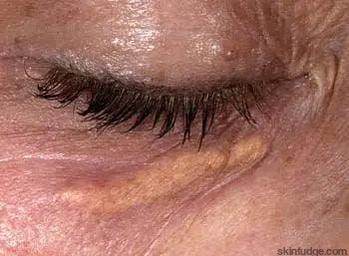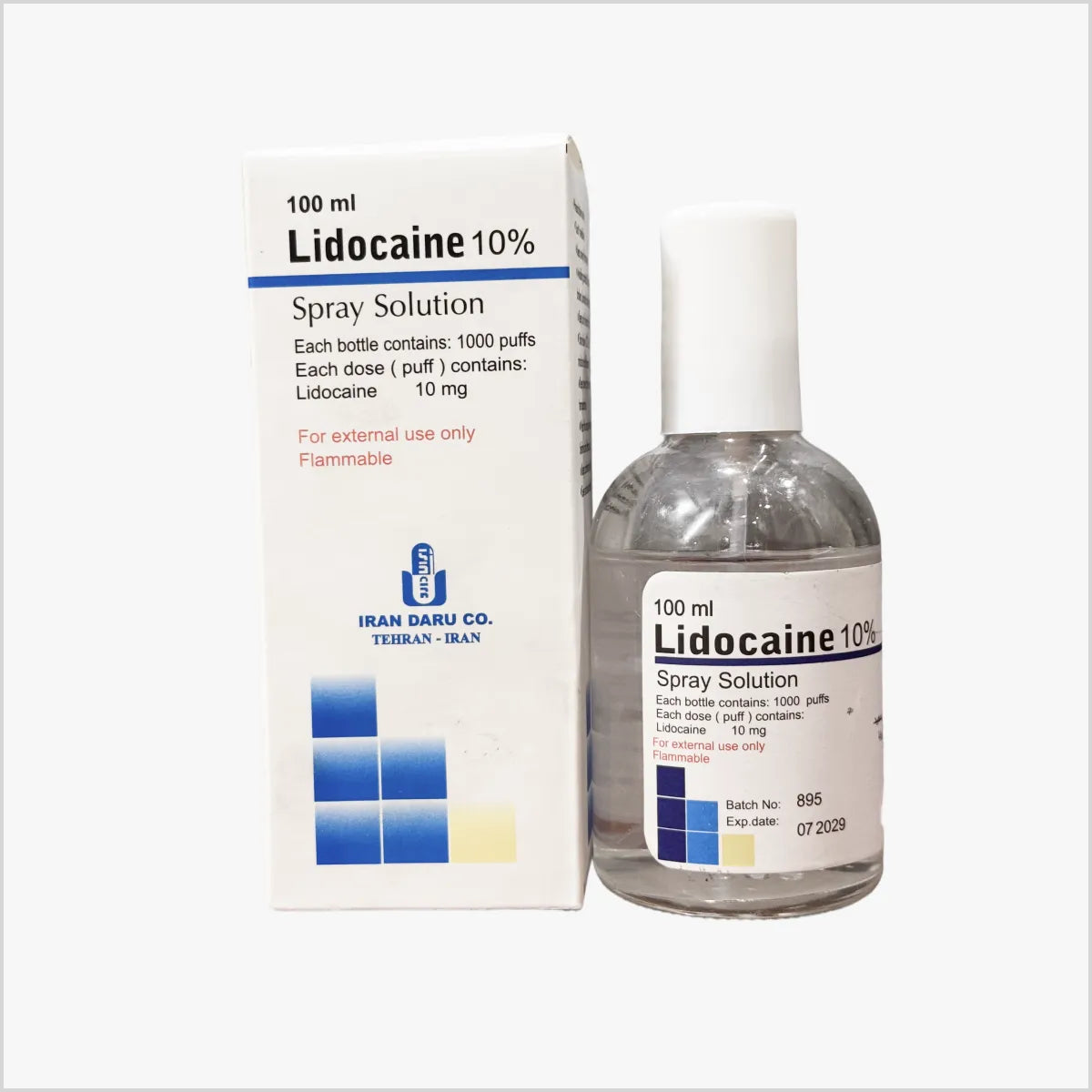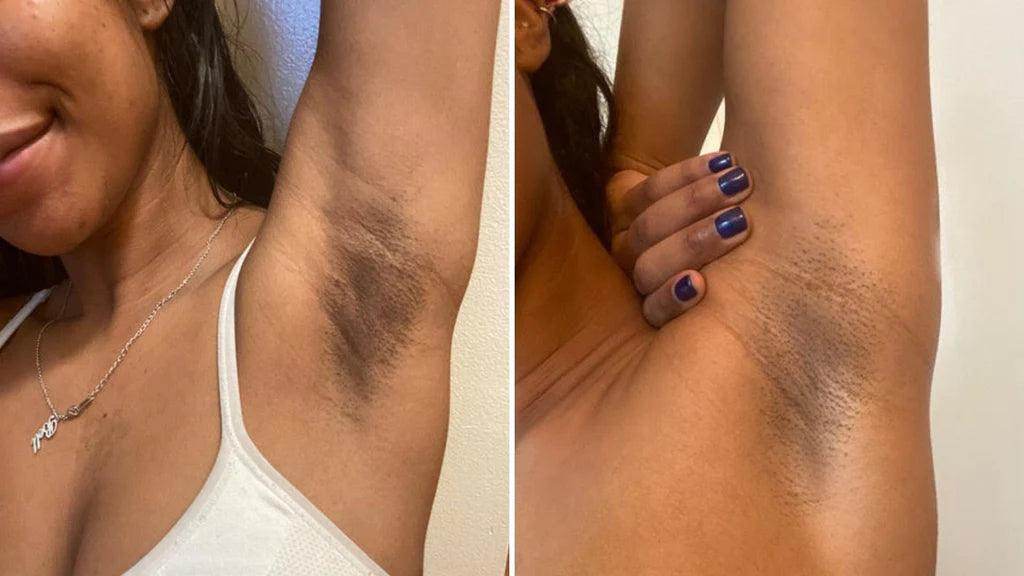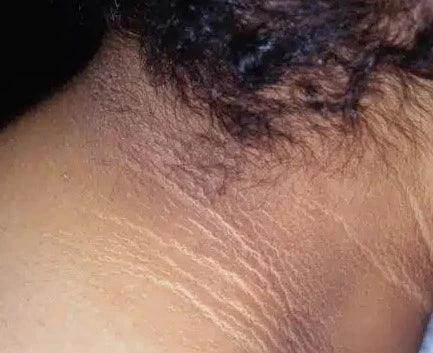🟢 Open: Monday to Saturday 2 to 8 PM. Location: House 59A, Block C1, Gulberg 3, Lahore.

Xanthelasma (Cholesterol Patches Removal)
Painless, No Side Effects, Best & Natural-Looking Results on USA machines that are FDA & CE approved. Using patient focused AI approach.
Final prices are upon physical examination. Terms & Conditions Apply.
Only place one order per procedure. Multiple orders required for multiple procedures.
You must acknowledge that you have eaten within the last three hours to avoid low sugar and drank at least 500 ml of water in the past hour to avoid low BP.
Pickup currently not available
You may also like
Xanthelasma, or xanthelasma palpebrarum (XP), is a harmless, yellow growth that appears on or by the corners of your eyelids next to your nose. Cholesterol deposits build up under your skin to form a xanthelasma.
Having xanthelasmas could be a sign of another condition, such as:
- Diabetes.
- Hyperlipidemia (high cholesterol).
- Thyroid problems.
Researchers have found that having xanthelasmas means it’s very likely that you’ll have these conditions in the future:
- Heart disease.
- Heart attack.
- Atherosclerosis (even if your cholesterol levels are normal).
- High cholesterol.
Who does xanthelasma affect?
Half of the people with xanthelasmas have high cholesterol levels. Healthcare providers usually see these levels in people with the kind of high cholesterol you get from your parents or some liver diseases.
However, the other 50% of people with xanthelasmas don’t have high cholesterol.
Risk factors for xanthelasma include being assigned female at birth or having:
- Overweight.
- A tobacco product habit.
- High cholesterol.
- Diabetes.
- High blood pressure.
- Family history of high cholesterol or xanthelasma.
You can get xanthelasmas between ages 20 and 70. Most people get them between ages 35 and 55.
How common is xanthelasma?
Xanthelasmas are the most common type of xanthoma (cholesterol deposits) that affect your skin. However, only about 1% of people have xanthelasmas.
What tests will be done to diagnose xanthelasma?
A xanthelasma diagnosis doesn’t require tests, but your healthcare provider may want to check your:
- Cholesterol levels to check for high cholesterol.
- Thyroid function to see if you have a thyroid problem.
- Blood sugar to find out if you have diabetes.
- Liver function to find out if you have liver disease.
How are xanthelasmas removed?
Although xanthelasmas don’t hurt you, you may want to remove them anyway. Xanthelasma removal methods include:
- Laser surgery.
- Radiofrequency ablation (sometimes with stitches afterward).
- Hyfrecator1000
These xanthelasma treatments usually work. However, you may need several sessions to remove your xanthelasmas.
Xanthelasmas often come back after removal, no matter which treatment you get. The chance of recurrence can be lowered if you work with your doctor on lowering your cholesterol.
Side effects of the treatment
Side effects from removing xanthelasmas include:
- Skin color changes.
- Scars.
- Pain.
- Eyelid turning inside out or looking like it’s getting pulled in further toward your eye.
How long does it take to recover from this treatment?
It can take three or four days to recover from xanthelasma treatment, depending on which treatment you get. Some side effects go away in days, while others (like skin discoloration) take a couple of months to go away.







